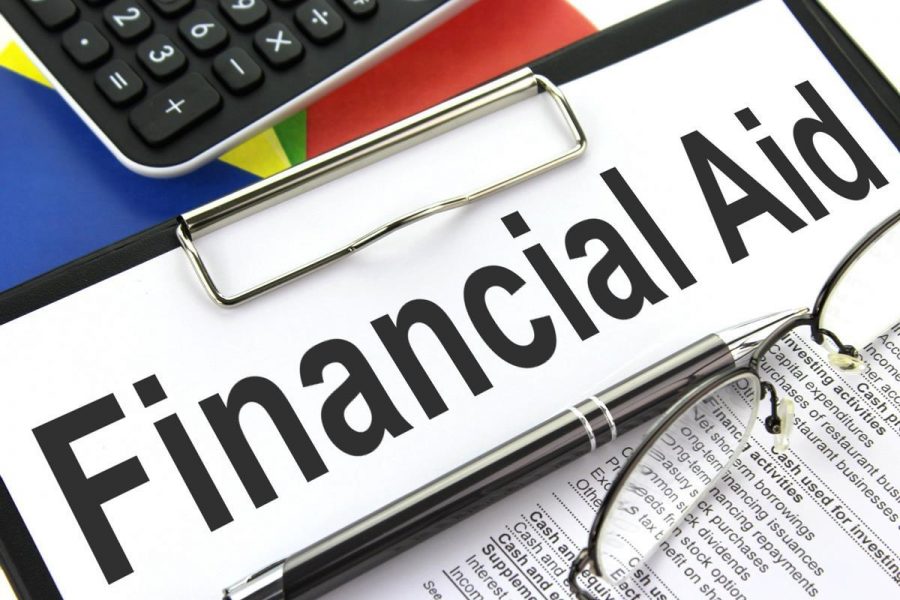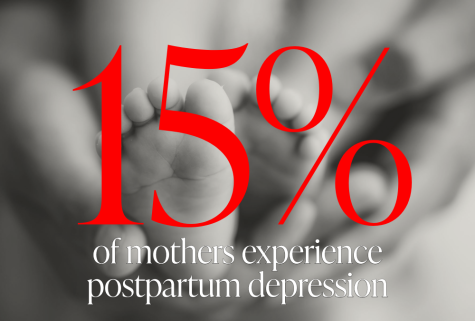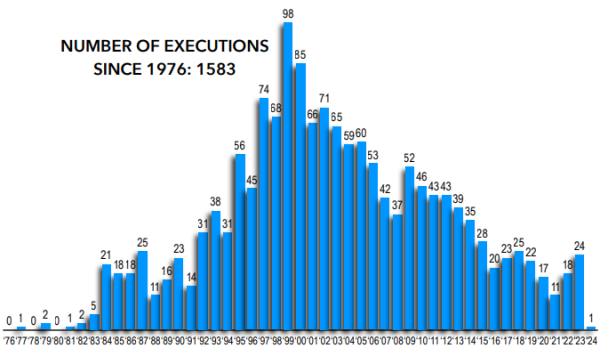The Early Decision Process Should Prioritize Lower Income Students
With the Nov. 1 Early Decision deadline approaching, many seniors stress about the next step of their life: their plans after high school. And although fall has pumpkins and comfy sweaters, it also has what seems like an endless amount of time sifting through the options of where exactly one will end up. Many students struggle whether or not to take the risk and apply Early Decision, which is a binding process where a student can only apply to one school and must go if accepted, rather than Early Action, a nonbinding process where one can apply to an unlimited amount of schools early. For students who want to go to college, many of them are prohibited from attending the college of their dreams because they are unable to afford applying Early Decision due to financial implications. Therefore, colleges should make the accessibility of Early Decision more of a priority for families with less of an income.
In general, the college process favors the wealthy, since many students are turned away from schools that do not provide sufficient financial aid. Recently, colleges and universities have eliminated requiring standardized tests and subject tests, so that students who cannot afford to take them many times—or even take them at all—are not punished for the lack of these scores on their application. The Early Decision process should begin to follow similar changes to accommodate these students.
Highly competitive schools such as Dartmouth College have a significant difference in acceptance rates for Early Decision applicants versus Regular Decision: the Early Decision acceptance rate is 27.9 percent, and the acceptance rate of Regular Decision applicants is 9.9 percent. Furthermore, according to a 2016 article from The Washington Post, The College of the Holy Cross has an Early Decision acceptance rate of 75 percent, which is much higher than other Regular Decision acceptance rate of 37 percent. Therefore, students whose families have both money and a clear idea of where they want to go often consider augmenting their chances of being accepted by applying Early Decision to a school.
The Early Decision process would be more fair if lower income students were given equal chances of admission as wealthier students who apply Early Decision; however, that is not the case. Many top colleges, including University of Pennsylvania, Vanderbilt University, Northwestern University and Tufts University accept more than 40 percent of their incoming freshman through Early Decision, according to Niche. Additionally, the offerings of Early Decision are not consistent: According to U.S News, 49 percent of schools offer Early Decision; many of these institutions are private colleges. Generally, many private schools do not offer Early Action, which sets students who cannot afford Early Decision at these schools that generally cost more at an even further disadvantage. Wealthier families whose students apply Early Decision to a college or university—private or public—must be certain that they are financially stable to support the cost. For those who cannot afford to apply earlier, their chances of being accepted drastically decrease, simply due to the fact that they have less of an income. By perpetuating this statistic, these colleges are giving themselves the reputation that they would rather wealthy students on their campuses than those with less money.
In the college process as a whole, students from wealthier families have an advantage in attending any school they are accepted into because the money is not a major factor in their decision of a college. For students who cannot rely on their parents paying the net price of the school, they are forced to either apply Early Action or Regular Decision due to the fact that they cannot risk being unable to afford the tuition. If the student and their family cannot afford the Early Decision tuition upon acceptance, successfully appealing the offer is both rare and difficult, and the application is likely revoked from that college. Therefore, less wealthy students may avoid going down this path if they cannot afford it. On the other hand, wealthy families can apply Early Decision, be accepted and terminate the street of the college process early. However, the college process is competitive to say the least, which puts pressure on students to apply as early as possible to augment their chances of admission. And because of this pressure, many students apply Early Decision to increase their chances of attending a school that they are not guaranteed to get into, rather than solely applying Early Decision to demonstrate interest in their top school—which is the intended purpose.
For many, Early Decision is a great way to quickly alleviate the stress of applying to and deciding between many colleges if a student is set on attending a dream school. However, this opportunity is not available for lower income families who rely on financial aid, thus placing wealthier students at an advantage in college acceptance. Schools that offer Early Decision should prioritize accommodating lower income students to make the college process more fair.

Molly O'Connell, class of 2019, is an Editor-in-Chief for The Rebellion. In school, she is a part of National Honor Society, Latin Club, and Student Council....

















